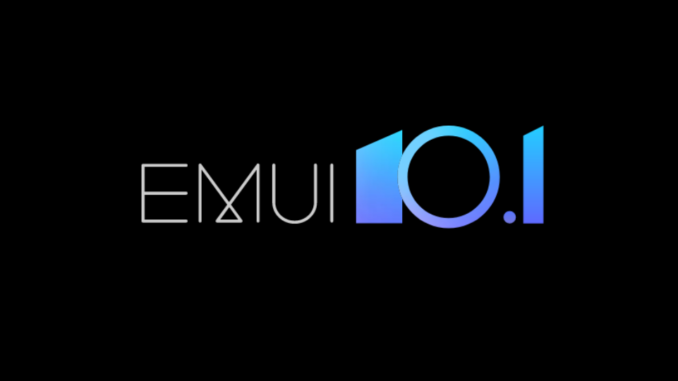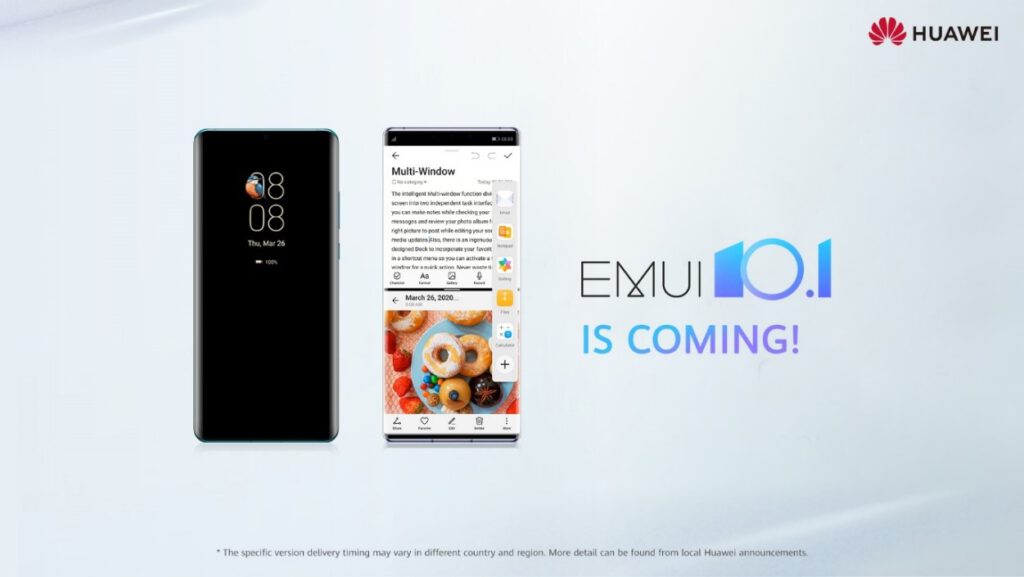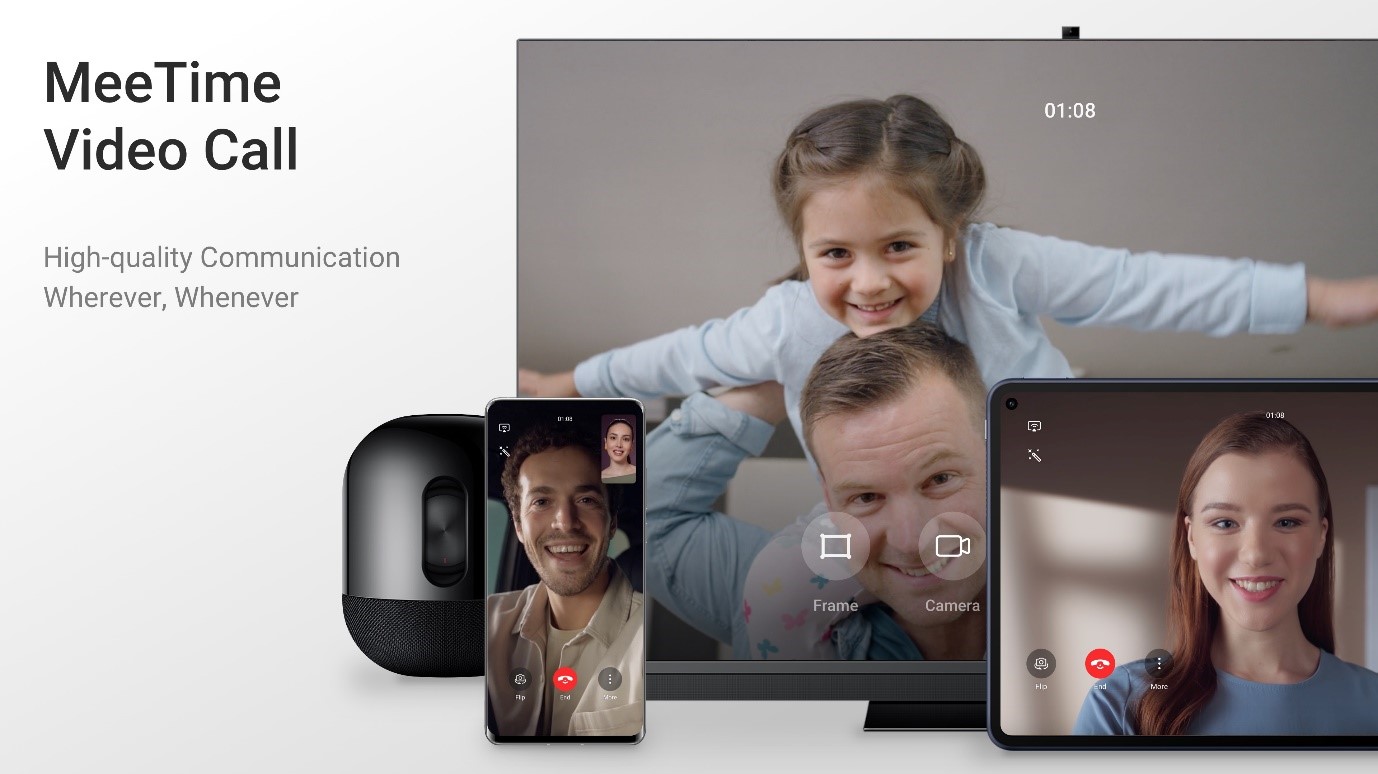
Huawei has added more devices to the EMUI10.1 roll-out for Europe, expanding on the initial list.
Artículo disponible en Español | Article disponible en Français
At the beginning of this month, Huawei announced which devices would be receiving EMUI10.1 initially in Europe, with only 7 models listed, and scheduled to receive the latest version by mid-June 2020. This initial batch included the regular P30 Pro, the P30, the Mate 20 and Mate 20 Pro, the Mate 30 Pro, the Nova 5T and the Mate Xs.

Now, Huawei has included the Mate 20 RS Porsche Design, the Mate 20X and the Mate 20X (5G), the Huawei P40 Lite, also sold as the Nova 7i in some markets, the Mate 30, Mate 30 Pro and Mate 30 Pro 5G, as well as the MatePad Pro and the MediaPad M6 10.8”. Furthermore, this list also includes models from Huawei’s subsidiary Honor, starting with the Honor View 30 Pro, the Honor 20, Honor 20 Pro and Honor View 20, with the update coming under the name of “MagicUI 3.1”. These devices should start receiving the update by the end of this month.
In this new version of EmotionUI, the manufacturer has further polished the user experience and added various features to improve their ecosystem, making it possible to use multiple different devices and accessories seamlessly. One of the most awaited features is the possibility to customize the Always-on-Display animation, a feature that was introduced with EMUI10 together with the Mate 30 series, and delayed multiple times, until now. We also see the addition of three different animations for the in-screen fingerprint unlocking, further personalizing the experience.

One of the most interesting new features is the new multi-window mode, which improves on the original split-screen mode, making it more customizable and easier to use. For instance, if users receive messages through applications such as WhatsApp, these messages can be read and replied to without exiting the other application/game. With this new mode, users can also have two applications open at the same time, sharing the screen, with a third one floating, being mostly interesting on larger screens, such as the MatePad Pro or the Mate Xs.
Huawei regularly mentions MeeTime, a new feature allowing users to call each other without having to install a third-party application. Sadly, this feature is not yet available in Europe, being limited to China, Malaysia, Thailand, Philippines, Singapore, Indonesia, Saudi Arabia and South-Africa. We’ve been able to check it out, and can say it is quite interesting, although its use will likely be limited, both due to few devices supporting it, and only working between Huawei/Honor devices, which not everybody has.

The multi-screen collaboration has also been improved, with now the possibility of handling calls through the connected device, making it even easier to use the smartphone together with a Huawei MateBook or tablet, and thus boosting productivity.

The marketing material for EMUI10.1 also mentions the cross-device photo gallery, although this one has been available in Europe for a while now, thanks to the Huawei Mobile Cloud, launched in early 2018, together with the P20 series. However, not all markets (outside of Europe) have access to this feature, with the manufacturer having the intention of further expanding their services outside of their main regions.

Lastly, Huawei also mentions the arrival of their new voice-assistant, Celia, to two new devices, the Mate 30 and Mate 30 Pro. Up until now, Celia was limited to the P40 series. At the same time, Celia only works in a few regions, being the United Kingdom, France, Spain, Mexico, Chile, Colombia and South-Africa, and only working in Spanish, French and English. We’ already talked about Celia in a recent review, with its arrival on other devices being a welcome move. However, the fact that the Mate Xs, which was released between the Mate 30 and P40 series, is mentioned nowhere, is rather curious, with this device already missing a number of features, such as some functions of HiVision. The initial choice of countries by Huawei is also questionable, as more markets could have been included, such as Ireland (in English) or Belgium (in French).
More on this subject:


